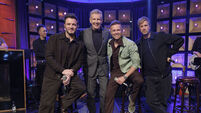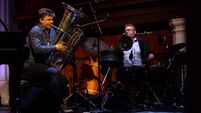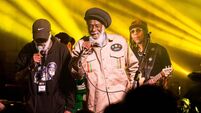Culture That Made Me: Cork city librarian David O'Brien
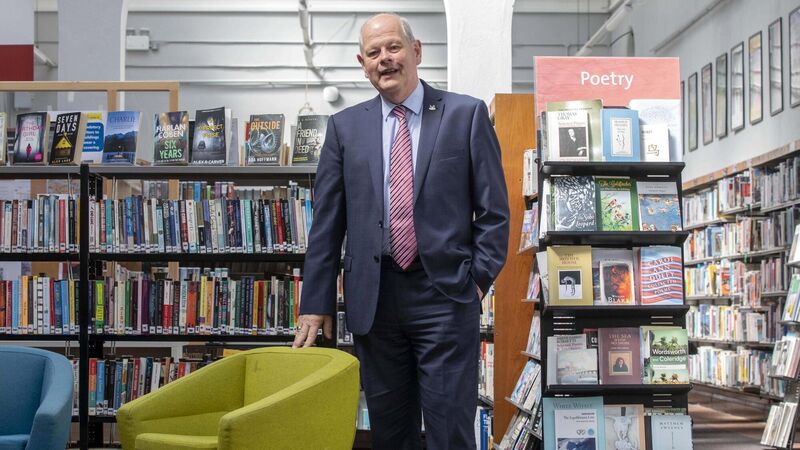
David O’Brien, Cork City Librarian. Picture Clare Keogh
David O’Brien, 60, grew up on a farm close to Lisavaird, Co Cork. He was recently appointed Cork City Librarian.
I was always a bookworm. Over the course of time, I developed that habit where I'd have to read before going to sleep. In later years, the funny thing is I don't read as much – because I’m reading so much at work, emails, reports and stuff – but I have a particular affinity for audiobooks. I find it gives me a different flavour. I listen to stuff I wouldn't necessarily read, or I find something that might not be as engaging as a read initially often turns out to be quite a good listen.
I remember driving across to Wales for a weekend – this was the time before audiobooks became popular – and I took with me a version of JRR Tolkien’s The Lord of the Rings, which was done by the BBC. I listened to it on the road over and back. It was like walking with the Hobbits, as I went along. The dramatisation was so good. I had tried to read The Lord of the Rings a couple of times before, but never got very far with it. The content is so detailed and so wonderful that it can actually almost put you off. Then when I got into the audio version, I was absolutely fascinated with it, and went back and read the books afterwards.
Growing up, the book that really registered with me was Mila 18 by Leon Uris. It was based on the life of a young individual during the Second World War in the Warsaw ghettos. It was the normality on the one hand of the lives described set against the awful atrocity on the other side. Years later, I actually walked that area, and I can still feel tingles down the back of my spine, knowing what happened there. It’s a book that really impacted on me.
Historical fiction is a genre I'm a sucker for. I read my way through the entirety of Bernard Cornwell’s Sharpe series, which is based on the Napoleonic Wars. They’re not taxing as a read, but he manages to interweave the historical action, the locations, the campaigns, the Duke of Wellington’s war on the peninsula. It’s interesting the high number of Irish people who served in the British forces in the nineteenth century. There's a famous moment where Wellington described the scum and the sweepings of London and the bloody Irish, but nevertheless, he welded them into an extraordinary fighting force who often seemed to overcome larger opponents by sheer will rather than resources. The whole series – and that period of history – fascinates me.
Where I come from in West Cork is a townland called Tullineasky, near to Lisavaird. Michael Collins went to Lisavaird national school, the same one I went to. He has a family connection – his mother was an O’Brien – so the awareness of Michael Collins was always high in our household. My great-grandaunt would have been one of his teachers. He had an extraordinary affection for his home place. He would have been absolutely bereft when the Collins family house was burnt down by the Black and Tans as a reprisal. It was only in later years I began to really appreciate his historical role. It sparked in me an interest in Irish history.
Over the years, there have been various biographies and books written about Michael Collins. The trouble is when somebody becomes an icon – like Collins – it becomes difficult to know where is the truth. There is no definitive book on him, but I’d say Tim Pat Coogan’s biography probably comes closest to the truth about him.
Dermot Morgan’s Scrap Saturday satirical series on radio was brilliant. He did two or three fantastic caricatures. One of them was PJ Mara, the government press secretary. He was Charlie Haughey’s “Mr Fixer” in the background, who he got to do particular deeds. Haughey used to summon him to have conversations about various people, which were total character assassinations. Another one was his caricature of the former EU Commissioner Pádraig Flynn as one of the Flintstones: “Wilma! Wilma!” There were some threads that ran through it week by week that were unforgettable – and unmissable. I remember hearing Michael Noonan interviewed and he said that if he didn't feature on Scrap Saturday, he felt he wasn’t doing his job right.
I always loved Horslips. I think it was because they brought a rock/Celtic fusion together in a way nobody else had done at that point in the 1970s. I remember seeing a performance by them in the Cork Opera House in the late ’70s. They were supported by a troupe of street performers. It was, without doubt, the best concert I was ever at. They were absolutely astonishing. By the time the concert finished, there wasn’t a single person sitting down in the place.
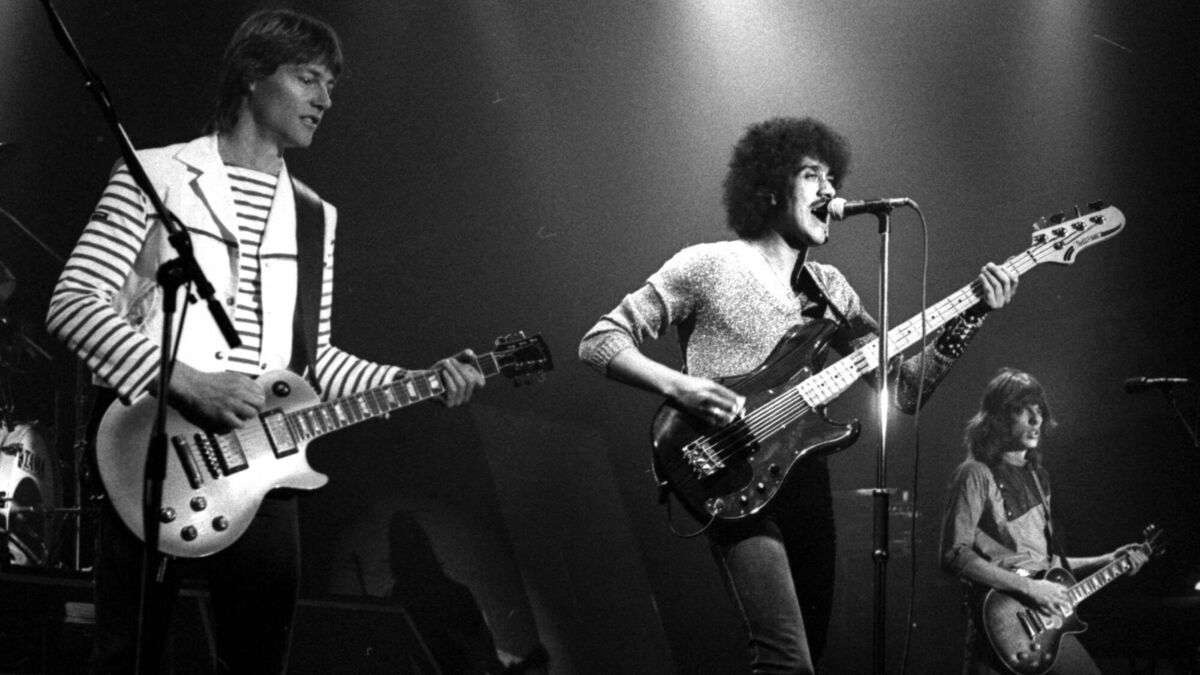
The other gig that has always stayed with me was Thin Lizzy’s final gig in City Hall in Cork in the early 1980s. It was brilliant. The floor was sprung so when you were hopping up and down on it, there was a real feeling of movement. The place was absolutely rocking.
I liked Poldark. It’s a TV series based on novels by Winston Graham. The setting is a mining community in Cornwall in the late 18th century. It dips into clashes between Whigs and Conservatives and the lives of landowners and downtrodden miners. The chief character Ross Poldark is almost an antihero. He’s ex-army and gentry, but very much on the side of the underprivileged. It’s well worth a watch.
Growing up in the 1970s, there was a 26-part BBC series on television called The World at War which was fantastic. It was narrated by Laurence Olivier. It catalogued – practically for the first time – all these elements together: shots of people’s homes being destroyed, the destruction the war, the plight of refugees. It took away the glamour that war would often have. It showed it in its rawest state, using original footage.
Another documentary that struck me was The Civil War by Ken Burns, which was a really brilliant series about the American Civil War. It was fascinating the mistakes the generals made around trench warfare, which people always think of as being a First World War military tactic, but it originated earlier. The mistakes they made in the American Civil War were repeated again in the First World War.

